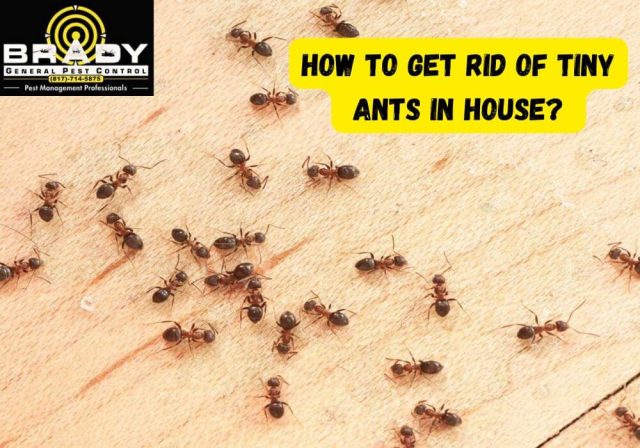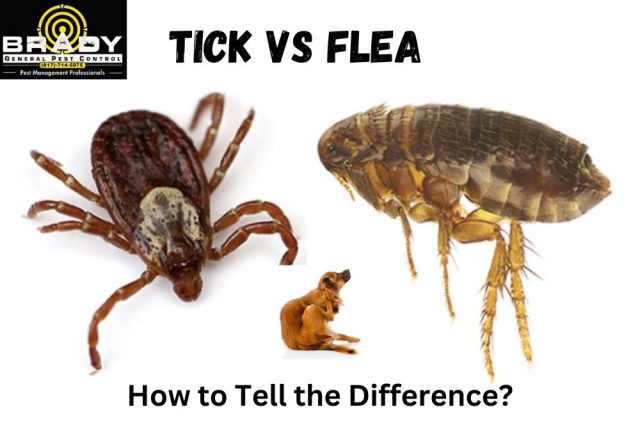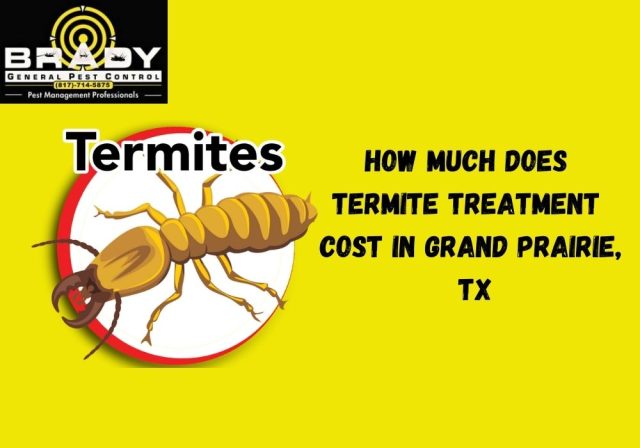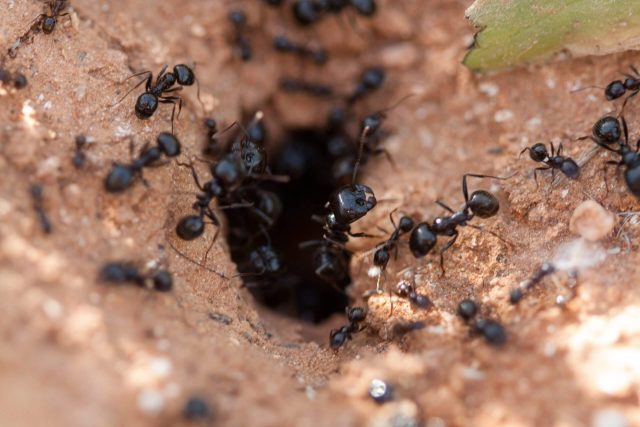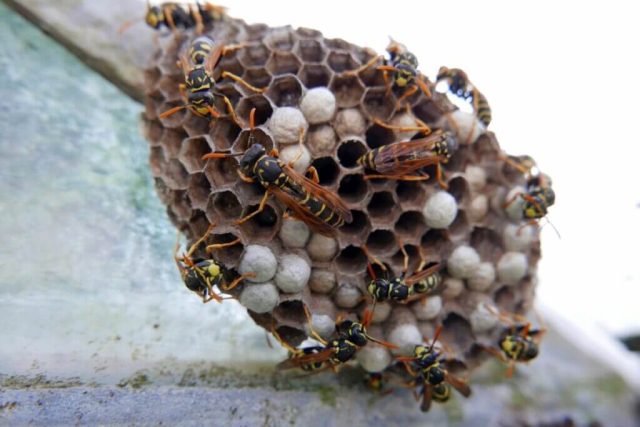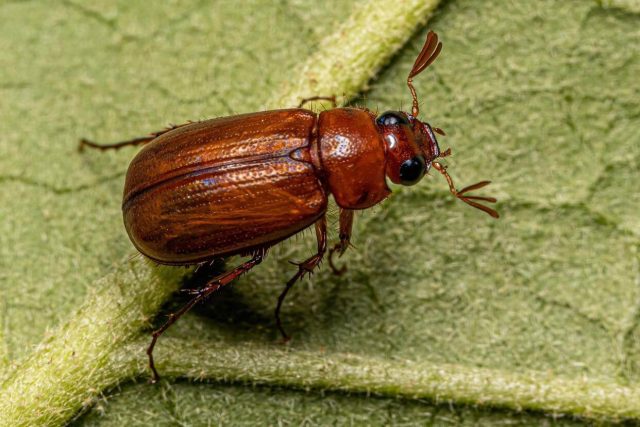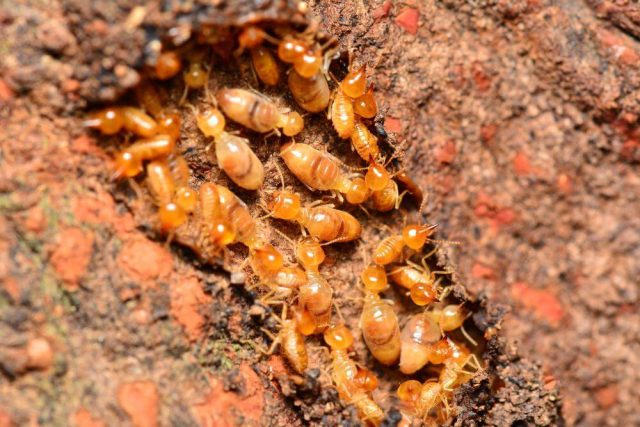Tiny ants in house can be annoying. Suddenly, they are here and take control of our kitchens and bathrooms. However, it will probably not be easy to exterminate them but it is possible to find ways of managing them effectively. When you want extermination services to eliminate ants in your area, Brady Pest Control helps you in Grand Prairie, TX. The following is the process of how to eliminate tiny ants inside your home:
Continue reading “How to Get Rid of Tiny Ants in House With Methods That Actually Work? 2025”


